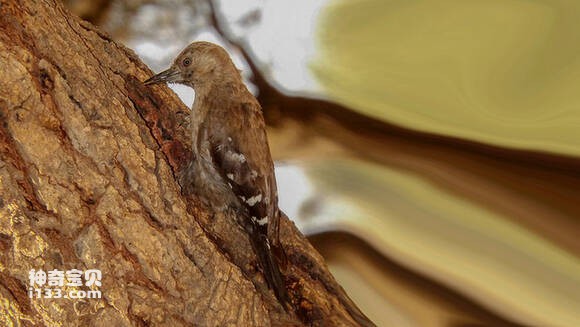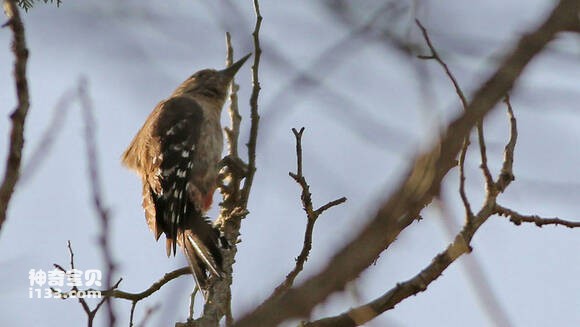Picoides dorae
IUCN
LCBasic Information
Scientific classification
- name:Picoides dorae
- Scientific Name:Picoides dorae,Arabian Woodpecker
- Outline:Climbing birds
- Family:
Vital signs
- length:About 15 cm
- Weight:
- lifetime:
Feature
Distribution and Habitat
The Arabian woodpecker is found throughout Europe, in Africa north of the Tropic of Cancer, in the Arabian Peninsula, and in Asia north of the Himalayas, Hengduan Mountains, Minshan Mountains, Qinling Mountains, and Huai River. The region of south-central Africa, including the southern part of the Arabian Peninsula and the entire African continent south of the Sahara Desert (Tropic of Cancer).
Appearance
The Arabian woodpecker is about 15 cm long.
Details
The bird's scientific name is Picoides dorae, and its foreign name is Arabian Woodpecker.

Arabian woodpeckers are resident birds, and a few species have migratory habits. Arabian woodpeckers are usually silent. Arabian woodpeckers are mostly non-social and often live alone or in pairs. The Arabian woodpecker is able to jump nimbly between tree trunks and branches with astonishing speed. Their ability to stand firmly on vertical tree trunks has to do with the structure of their feet. The woodpecker's feet have two toes facing forward, one to the side and one to the back, with sharp claws at the tips of the toes. The Arabian woodpecker's tail feathers are stiff and can support the tree trunk to provide additional support for the body. They usually tap their beaks very quickly against tree trunks to find insects hidden in the bark. When they are sure, their hard beaks can quickly peck a deep hole in the bark and stretch out their long tongues like lightning to catch the insect。

Listed in the International Union for Conservation of Nature (IUCN) ver 3.1:2009 Red List of Birds - Vulnerable (VU).
Protect wild animals and eliminate wild meat.
Maintaining ecological balance is everyone's responsibility!








